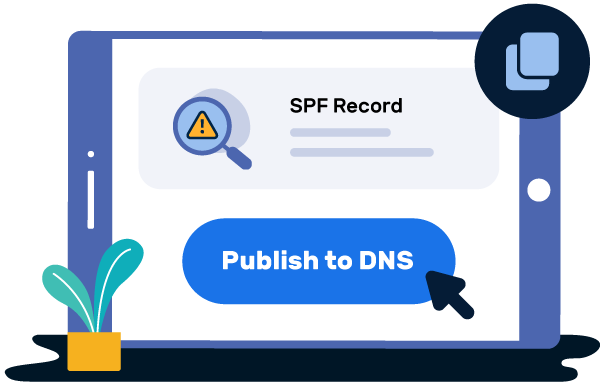Free SPF Generator Tool
Use our free SPF Record Generator tool to secure your domain. By listing all the sending sources authorized to send email from your domain, you can block email spoofing attempts from outsiders. Generate your unique SPF record, publish it on your DNS, and you’re all set!




 Lookup and Validate Your SPF Record
Lookup and Validate Your SPF Record